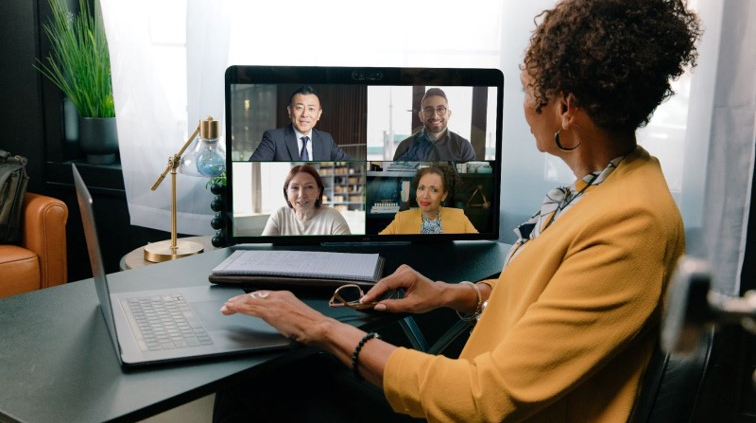The Transformative Nature of the Virtual World
A friend’s daughter has Down syndrome. Before the pandemic, she would struggle to go to the daycare center because it caused her stress and discomfort getting in the car and traveling. But her life, like all of ours, changed with the onset of COVID-19.
Her daycare center was one of the many that pivoted to a virtual environment — which ultimately turned out to be a better experience for her. She would wake up happy and excited about joining her Zoom meeting so she could be with her caregivers and friends from the comfort of her own home, an environment that she was familiar with.
It was clear then and even more clear now that the virtual environment has changed every aspect of our lives. People across every industry — government, healthcare, education, you name it — soon discovered how they can use this new virtual option to improve the way they live and work.
In fact, some of our most challenging and innovative work emerged during this time. That’s because work is actually something we do; it is not a place we have to be. And leaders need to treat it as such by letting people work in a way that’s best for them, rather than forcing them to adhere to a specific geographical location.
It’s time to embrace the transformative power of the virtual world and deliver the flexibility our personal and professional lives demand.
5 considerations for enabling flexibility
According to a Slack study involving 10,000 knowledge workers around the globe, 76% of respondents expressed wanting flexibility in where they work, and 93% want flexibility in when they work. Those are some pretty convincing numbers.
A flexible work environment is a necessity for attracting and retaining the right talent, so it’s imperative leaders support this approach. People need a space to work together — to ideate, create, and brainstorm. Sometimes that’s an office, sometimes it’s a video call. What matters is equipping your employees with tools that create a space optimized for collaboration, no matter where they are.
As organizations leaders, we need to:
- Streamline communication: Embrace a unified cloud-based platform with video, chat, and phone solutions to enable efficient communication for every way your teams meet and work.
- Optimize workspaces: Hot-desking approaches can help balance office space for your hybrid workforce. Solutions like Workspace Reservation enable your teams to easily book spaces using an interactive map.
- Enable collaboration: Persistent whiteboarding solutions enable real-time and asynchronous visual collaboration before, during, and after a meeting.
- Create meeting equity: Tools like Smart Gallery create an experience that promotes equality for both in-person and remote workers through the strategic application of AI technology.
- Foster inclusivity: Real-time, voice-to-text transcription technology like auto-generated captions creates a more inclusive communications experience for everyone.
Tomorrow takes cues from today
We could fill libraries with everything we’ve learned over the past two-plus years. This experience has taught us about what really makes for meaningful work, how to foster relationships regardless of someone’s location, and that our families must always come first.
We cannot go back to how things were. It’s time to embrace the change — doing so will help you build a better tomorrow for colleagues, employees, and even yourself.
Harry Moseley is the global CIO for Zoom. He has more than four decades of experience leading technology organizations for a variety of global businesses, including UBS, Credit Suisse, the Blackstone Group, and KPMG.



